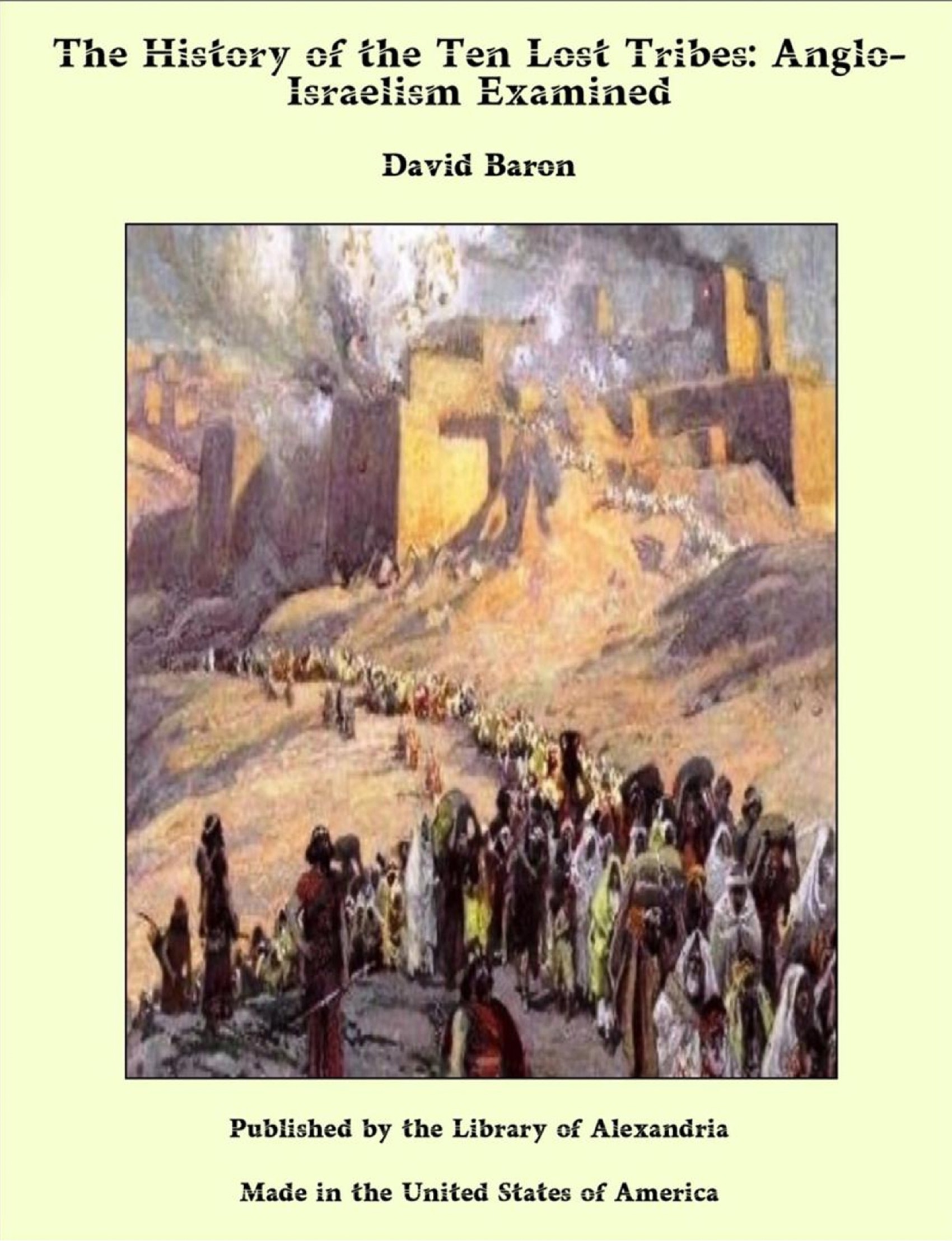The Ten Lost Tribes of Israel
The following is an excerpt from A Popular Dictionary of Judaism by Lavinia and Dan Cohn-Sherbok.
TEN LOST TRIBES:
The tribes in the Northern Kingdom who were conquered by the Assyrians in 721 BCE. The ten Northern tribes almost certainly intermarried with the surrounding peoples and lost their separate identity. 2 Kings Chapter 17 maintains they were exiled by the river Gozan and the rabbis taught that they dwelt beyond the River Sambatyon. The Samaritans are probably descended from some of the tribes and, during the course of history, various other groups have been identified with ten lost tribes including the British, the Japanese, the Afghans, and certain Red Indian tribes.
The idea that the Ten Lost Tribes of Israel migrated to distant lands has led to various theories, some with historical evidence and others rooted in legend and speculation. Here’s a summary of how different groups, including the British, Japanese, Afghans, and certain Native American tribes, have been linked to the Lost Tribes:
1. British-Israelism (British)
Theory: British-Israelism, a belief that gained traction in the 19th and 20th centuries, holds that the British people, particularly the Anglo-Saxons, are descendants of the Ten Lost Tribes.
Justification:
Some proponents cite linguistic similarities between Hebrew and English words.
The Stone of Scone, used in British coronations, is sometimes linked to the biblical Stone of Jacob.
The British monarchy is said to be a continuation of the Davidic line.
Some connect the movement of the Scythians (believed by some to be Israelites) into Europe with the eventual settlement of Anglo-Saxons in Britain.
Criticism: Mainstream scholars dismiss this theory as pseudohistory, lacking archaeological and genetic evidence.
2. Japanese-Israelite Theory
Theory: Some theories propose that the Japanese people or certain Japanese clans, such as the Shinto priestly families, descend from the Lost Tribes.
Justification:
Japanese customs resembling Jewish traditions, such as ritual purification, shinto priestly garments similar to the Jewish ephod, and some linguistic similarities.
The Hata clan, an ancient family of silk weavers, is believed by some to have Jewish ancestry.
The Torii gates in Shintoism are thought by some to resemble the gates of the ancient Temple in Jerusalem.
Criticism: Most scholars consider these similarities to be coincidental or due to cultural diffusion rather than direct descent.
3. Afghans (Pathans/Pashtuns)
Theory: The Pashtun (Pathan) tribes of Afghanistan and Pakistan are widely believed, especially among their own traditions, to be descendants of the Lost Tribes.
Justification:
Many Pashtun tribal names, such as Yusufzai (“sons of Joseph”), resemble biblical names.
Their customs, such as circumcision on the eighth day, avoiding pork, and levirate marriage, are similar to Jewish practices.
Ancient Muslim historians like Al-Biruni and Ibn Khaldun recorded traditions connecting the Pashtuns to the Israelites.
DNA studies have been inconclusive, but some genetic markers have been found that could link them to the Middle East.
Acceptance: This is one of the more widely held theories, with support from some historical and genetic evidence.
4. Native American Tribes (Red Indians)
• Theory: Certain Native American tribes, particularly among the Cherokee, Hopi, and some others, have been linked to the Lost Tribes.
Justification:
Some early European explorers, such as James Adair, observed customs among Native American tribes that he believed were Jewish in origin (e.g., purification rituals, feasts similar to Passover, and the use of sacred names for God).
The Book of Mormon, in Mormon theology, teaches that some Native Americans descended from Israelite tribes that migrated to the Americas.
Some Native American oral traditions include references to a great migration from the East.
Criticism: There is no genetic or archaeological evidence to support the claim that Native Americans are directly linked to the Israelites. Most of their ancestry traces to Asia via the Bering Strait migration.
Conclusion
While the Pashtun (Pathans) have the strongest historical and traditional connection to the Lost Tribes, the British, Japanese, and Native American theories are mostly speculative.
Most scholars believe that the Lost Tribes assimilated into surrounding cultures, primarily in the Middle East and Central Asia.
The topic remains fascinating from a historical and mythological perspective, but genetic and historical evidence does not strongly support most of these claims.
